
What foods cause a dog to itch?
You might catch your dog gnawing at their paws nonstop or rubbing their belly against the carpet—signs that something in their diet could be triggering itchiness.
You’re strolling through Brooklyn Bridge Park with Luna, your new Labradoodle, when she starts sniffing desperately near a dripping fire hydrant. That’s your pup’s version of eyeing a desert oasis. Dogs lose water 25% faster than humans during activity—they cool through panting, not sweat. In Phoenix’s 110°F summers or Chicago’s humid lakefront walks, dehydration can trigger kidney stress within 30 minutes. So yes, always pack water. It’s not pampering; it’s physiology.
Start simple: a $15 collapsible bowl and a reusable bottle. For apartment dwellers in Boston’s brownstones, clip a thermos-style bottle to your leash—no fumbling at stairwells. Luna’s 50 lbs.? She needs 1 oz per pound daily, plus 50% extra for that 45-minute walk. Notice thick saliva or sunken eyes? Emergency red flags. Pro tip: Freeze water in your bottle overnight for slow-melting relief during Atlanta’s heat advisories.
Timing is everything. Use "water breaks" as training rewards—when Luna sits calmly at a Portland crosswalk, offer a sip with verbal praise (not treats, to avoid bloat). In shared spaces like L.A. condo pools, steer clear of high-traffic zones; set your bowl under shaded benches. Always carry EPA-approved waste bags—Seattle fines $162 for uncollected poop, and it’s basic "petiquette." Remember: Never punish by withholding water. Positive reinforcement builds trust; negativity spikes stress hormones, worsening dehydration.
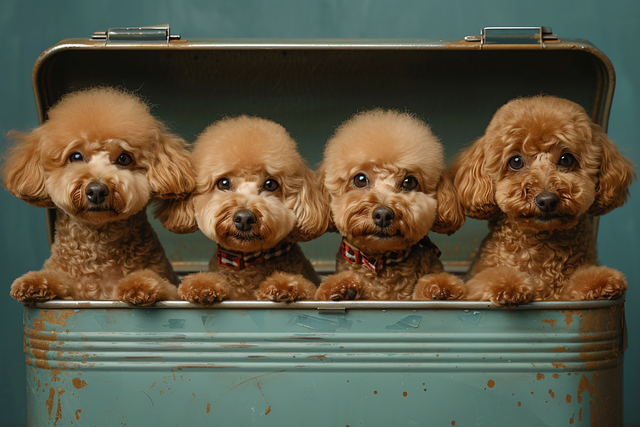
Watch for cultural nuances. Public fountains in Central Park prioritize service animals—wait your turn. Spot a "Dog Welcome" cafe? Ask before refilling; some provide bowls, others consider it a health code violation. Leash laws (e.g., Miami’s 6-foot max) mean practice one-handed pouring while gripping Luna. And double-check her rabies tag is visible—animal control ramps up checks during heatwaves in Texas.
Ultimately, carrying water isn’t optional. It’s woven into responsible ownership: complying with Philly’s "clean park" ordinances, respecting service animal rights, and honoring your furry pact. That bottle in your hand? It’s a lifeline disguised as plastic.

You might catch your dog gnawing at their paws nonstop or rubbing their belly against the carpet—signs that something in their diet could be triggering itchiness.
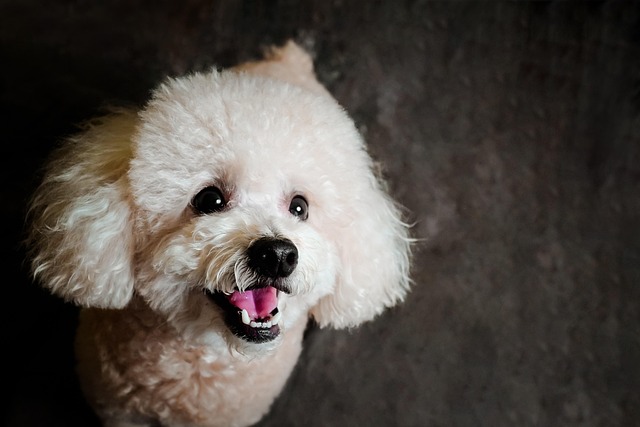
That's an excellent and crucial question for any owner of an aging canine companion. While an annual check-up might have sufficed in their younger years
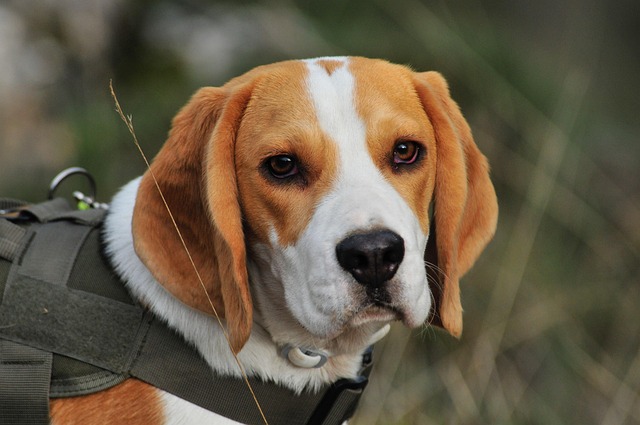
Beagle puppies bounce around like little energy balls, and their tummies need regular fuel to keep up—but figuring out how often to fill their bowl takes more than just guessing.
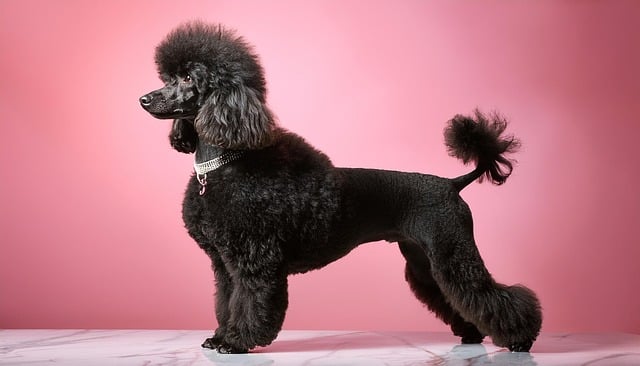
Watching your dog grow into their silver muzzle years is a gift, but it asks us to shift from being just an owner to becoming a dedicated comfort curator.
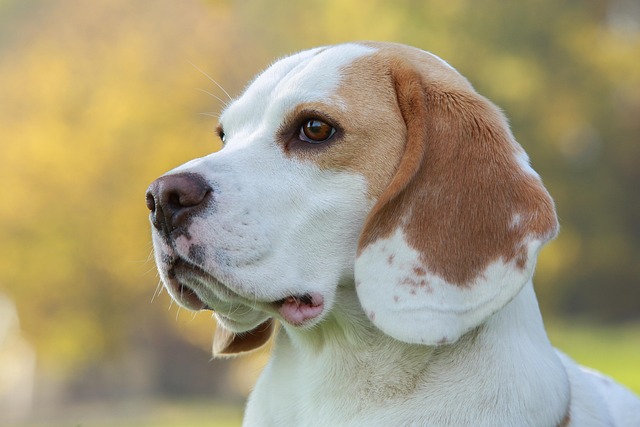
Your beagle puppy’s big eyes and wiggly tail might make you want to fill their bowl nonstop—but getting portions right is key to their health.
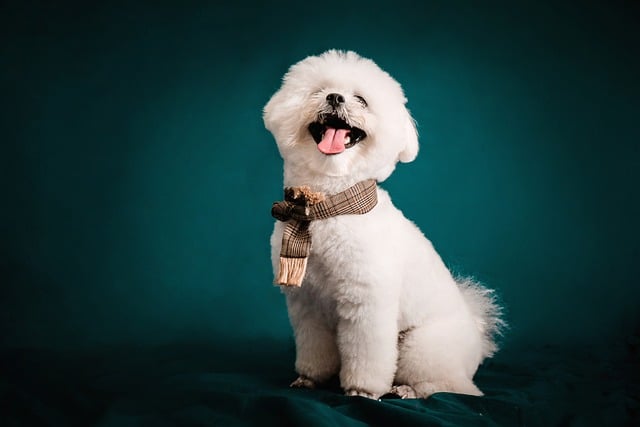
Agreeing to dog sit for a neighbor or friend can feel exciting—until you realize you’re not sure what supplies or steps you actually need.